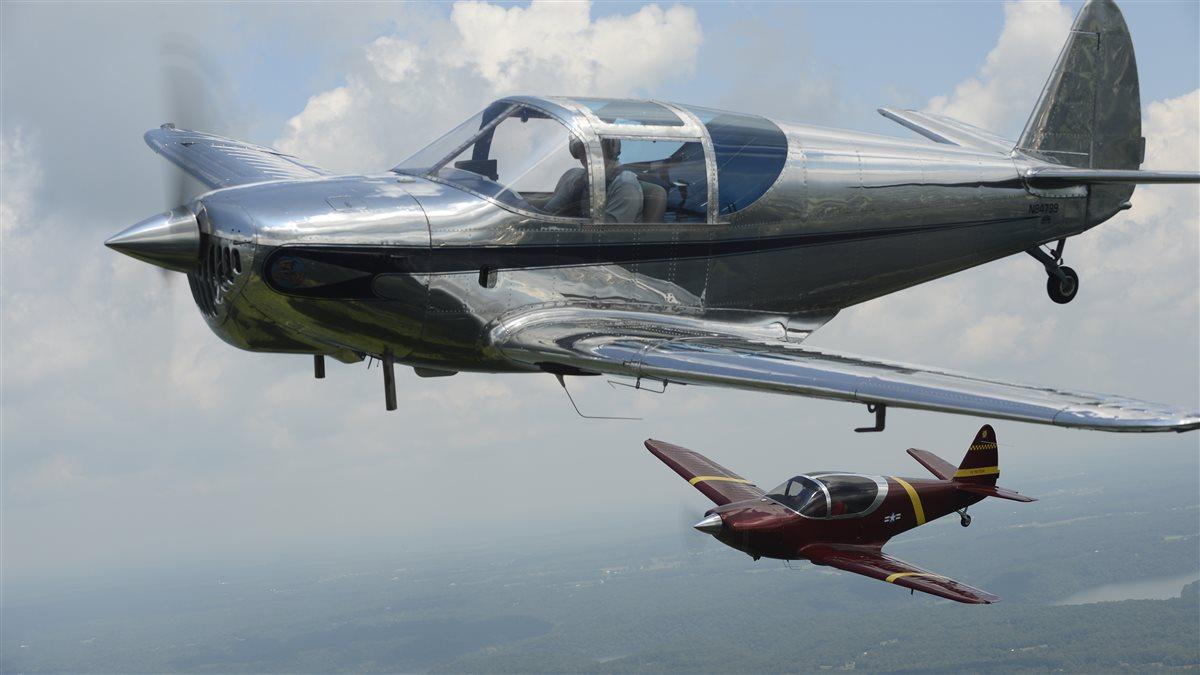Airplanes we love: Globe Swift
A P–51 for everyone

The Swift has conventional gear; it’s a low-wing; its butterfly doors and front windows resemble a canopy. What else has those attributes? The North American P–51 Mustang. But the Globe Swift is a little more accessible for the everyday pilot than a P–51. I’ll stare at a Swift as long as the law allows. And if it happens to be polished? Forget it, I’m gone.
My love for the Swift is one-sided, but colleague Mike Filucci, a former Swift owner who now flies a Socata Epsilon, filled in the gaps. Swifts are simply fun to fly—although he doesn’t miss the polishing. As speedy as Swifts look on the ground, the first model (GC–1A) came from the factory with an 85-horsepower engine, but most have been swapped out for bigger engines. Filucci’s 1946 model had a 210-horsepower Continental, and with speed mods including replacement wing tips, he saw cruise speeds of about 140 knots true airspeed. The Swift landing gear is short-coupled, and if winds are strong down the runway you might run out of rudder effectiveness taxiing out. Many Swifts have some damage history because of ground looping. None of this is enough to put me off Swifts. There’s one based at Frederick Municipal Airport and I’m warning the owner right now: I might be by your hangar soon to admire your airplane.
Email [email protected]



